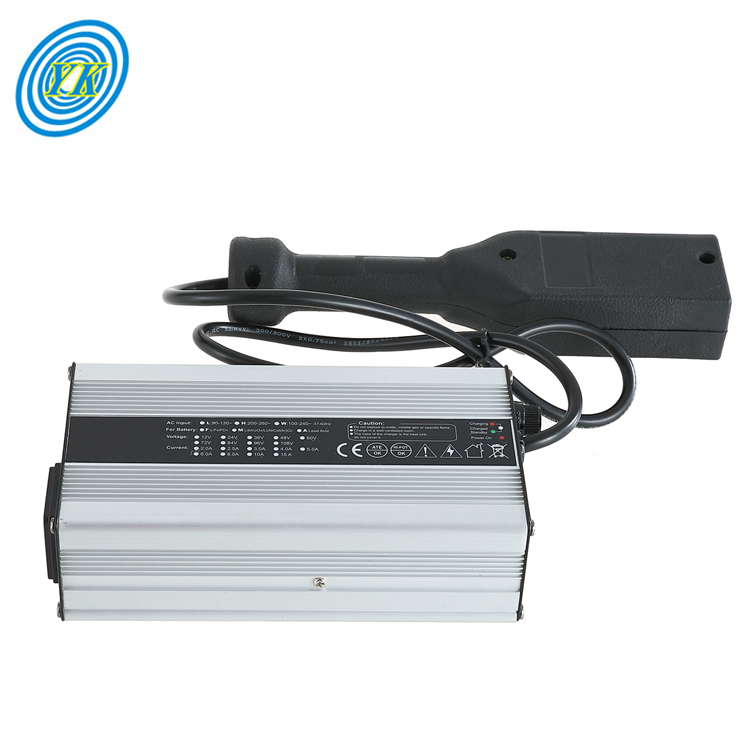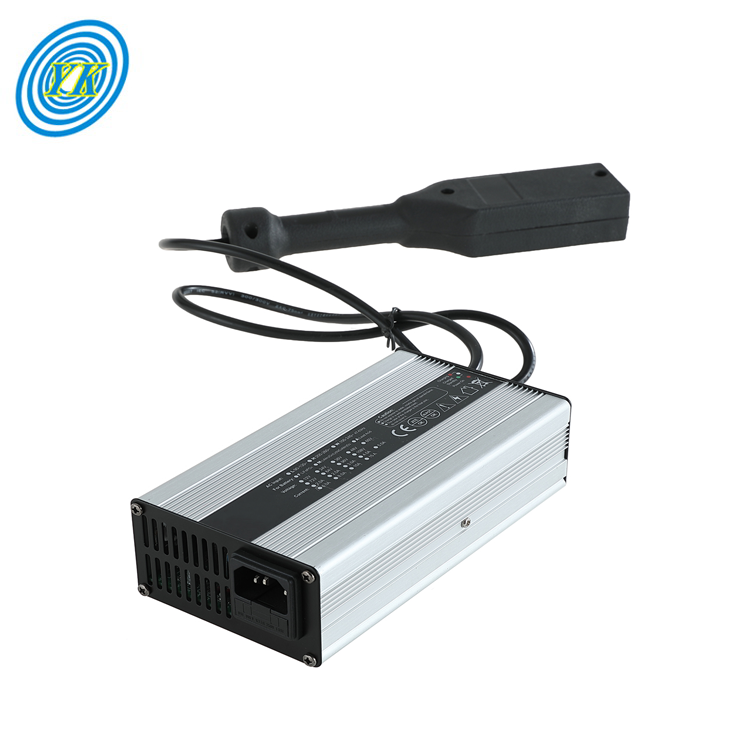News
Exploring the Diverse Landscape of Battery Chargers for Civil Use: Types, Technical Features, Applications, Installation, and Energy Storage Solutions
Click: 579 Date: 02/29/2024 10::38::40 AM
Exploring the Diverse Landscape of Battery Chargers for Civil Use: Types, Technical Features, Applications, Installation, and Energy Storage Solutions
The variety of battery chargers available for civil use encompasses several distinct categories, each tailored to specific needs and applications. These include:
Home Battery Chargers: Designed for use within residential settings, these chargers are optimized for charging devices such as laptops, smartphones, and tablets. They often come with multiple charging ports and are equipped with safety features to protect both the device and the home's electrical system
Portable Battery Chargers: These are compact and lightweight, making them ideal for travel and outdoor activities. Portable chargers are equipped with USB ports for charging a wide range of devices and often include features like USB-C or lightning connectors for quick charging capabilities
Solar Battery Chargers: These chargers harness the power of the sun to charge devices. They are particularly useful for outdoor activities, camping, and in locations with limited access to electricity. Solar chargers can be standalone units or integrated into solar panels to provide a continuous power source
Wireless Battery Chargers: As the name suggests, these chargers do not require a physical connection between the device and the charger. They use radio waves to transfer energy, making them convenient for charging devices without the need for cables. Wireless chargers are suitable for devices with built-in wireless charging capabilities
Specialized Battery Technologies: Beyond the general categories, there are specific technologies like Lithium Ion, NiCd, and Lead Acid that underpin various types of battery chargers. Lithium Ion batteries are known for their high energy density and long lifespan, making them popular for devices that require a lot of power. NiCd batteries offer a high discharge rate and low self-discharge rate, suitable for applications requiring high power output. Lead Acid batteries, while older technology, remain reliable and affordable for many civil use applications, especially those that do not require high energy density or fast charging times
Each of these categories represents a different approach to powering devices in civil use, catering to a wide range of needs and preferences. Whether you're looking for a charger for everyday use at home, a compact option for travel, or a sustainable solution for outdoor activities, there's a battery charger designed to meet your requirements.
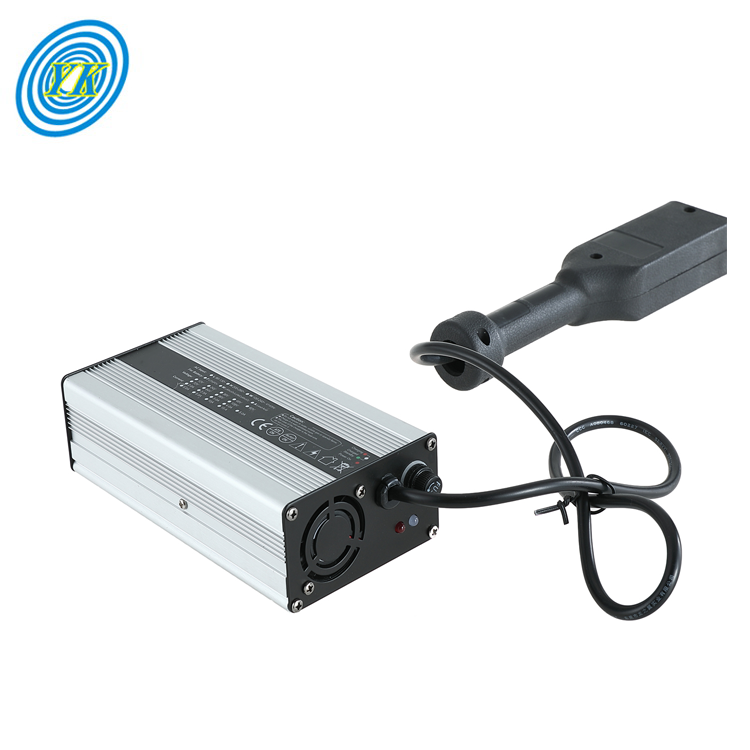
In the realm of battery chargers, particularly for civil use, the technical specifications and safety measures are paramount. These aspects ensure that the charging process is efficient and safe, protecting both the device being charged and the user. Here's a reimagined breakdown of these features, avoiding direct repetition of the provided sources:
Voltage and Current Regulation: Battery chargers must precisely control the voltage and current supplied to the battery. This is crucial for preventing overcharging, which can lead to battery damage or even hazardous conditions. The charger must adhere to specific voltage and current standards to ensure the safety and longevity of the battery
Battery Management Systems (BMS): At the heart of modern battery chargers is the BMS, which monitors the battery's health and performance. This system includes features like charge control, short-circuit protection, and cell balancing. The BMS ensures that the battery is charged safely and efficiently, minimizing the risk of overheating, fire, or electrical shock
Compliance with Standards: Chargers must comply with applicable voluntary standards to ensure they are safe for use. These standards cover various aspects of battery charging, including thermal protection, charge and discharge protection, and the overall safety of the product. Compliance ensures that the charger is designed with the best practices in mind, offering a reliable and safe charging solution
Safety Features and Warranties: Beyond the technical specifications, chargers come with safety features such as warranties and reviews. These warranties provide assurance to the user that the product is reliable and safe to use. Reviews from other users can also provide valuable insights into the charger's performance and safety
System Testing: Before a battery charger is released to the market, it undergoes rigorous testing. This includes testing the charger in conjunction with the battery to ensure they work together safely and effectively. Such testing is crucial for identifying and rectifying any potential issues before the product reaches the consumer
In summary, the technical specifications and safety measures of battery chargers are designed to ensure a safe and efficient charging process. These include precise voltage and current regulation, the use of advanced BMS technology, compliance with safety standards, and the provision of warranties and reviews. Furthermore, thorough system testing ensures that the charger and battery work well together, offering a reliable and safe solution for civil use.
In the realm of civil use, battery chargers find a myriad of applications, each tailored to meet specific needs and environments. Here's a reimagined exploration of these applications and compatibility aspects, rephrased to avoid repetition:
Diverse Uses of Civil Battery Chargers: Battery chargers cater to a wide array of devices and scenarios in civil settings. This includes powering laptops, smartphones, and tablets, which are essential for everyday activities. In outdoor scenarios, such as camping, hiking, or marine activities, battery chargers ensure that devices remain operational, facilitating connectivity and access to information. Additionally, emergency situations often necessitate the use of battery chargers, providing a lifeline for essential communication and navigation tools.
Compatibility Across Devices and Systems: One of the key strengths of modern battery chargers is their compatibility with a broad range of devices and systems. This ensures that users can charge a variety of gadgets, from standard smartphones to more specialized equipment like e-bikes, cameras, and remote controls. Moreover, the chargers are designed to work seamlessly with different power sources, including home outlets, solar panels, and even off-grid systems, offering flexibility and convenience for users.
Innovations in Charger Design and Technology: The evolution of battery chargers has seen significant advancements in technology and design, making them more efficient, safer, and user-friendly. For instance, smart chargers can optimize battery health and extend device lifespan, while wireless charging offers convenience by eliminating the need for physical connections. Innovations in battery management systems also enhance the charging process, ensuring that devices are charged safely and efficiently.
Sustainability and Energy Storage: As consumers become more conscious of environmental sustainability, battery chargers that support renewable energy sources and home energy storage systems are gaining popularity. These chargers not only power devices but also contribute to reducing reliance on fossil fuels and promoting sustainable living.
Future Directions and Regulations: Looking ahead, the integration of battery chargers into smart home systems and the development of advanced charging technologies are likely to reshape their applications and compatibility in civil use. Regulatory bodies are also playing a crucial role in ensuring that chargers meet energy efficiency standards, contributing to the overall sustainability and safety of the devices.
This rephrased exploration highlights the multifaceted nature of battery chargers in civil use, from their wide-ranging applications to their compatibility with various devices and systems, emphasizing their role in supporting modern lifestyles and sustainability efforts.
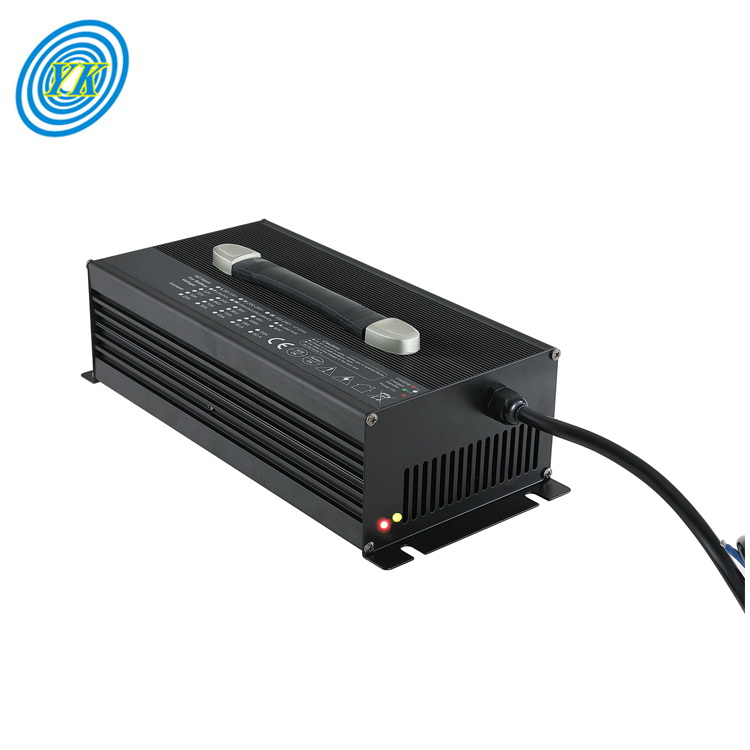
Understanding the installation process and the variety of accessories available for battery chargers is crucial for enhancing their functionality and user experience. Here's a rewritten explanation based on the information provided:
Installation and Enhancing Accessories for Battery Chargers
To effectively utilize battery chargers for civil use, it's essential to grasp the installation procedure and explore the array of complementary accessories designed to boost their capabilities and user convenience. This involves understanding how to properly set up the charger, ensuring it is safe and efficient in its operation. Additionally, knowing about the different types of accessories, such as alligator clips, ring terminal cables, and voltage indicators, can significantly improve the charging experience. These accessories not only extend the charging range but also offer convenience in connecting and disconnecting devices, ensuring a seamless power supply process.
Key Accessories for Battery Chargers
Alligator Clips and Ring Terminals: These are essential for making secure connections between the charger and the battery, ensuring a stable and reliable power transfer.
Extension Cables: These are useful for extending the reach of the charger, allowing it to be placed in more convenient locations without compromising its functionality.
Voltage and Amperage Indicators: These accessories provide real-time feedback on the charging status, helping users monitor the charging process and ensure it is proceeding as expected.
Quick Disconnect Adaptors: These adaptors facilitate easy disconnection of devices from the charger, enhancing the user's flexibility and convenience.
Battery Testers: These tools are invaluable for checking the health and condition of batteries, ensuring they are in good working order before attempting to charge them.
Solar Charge Controllers: For solar-powered chargers, these controllers optimize the charging process by regulating the solar power input, ensuring efficient battery charging.
Enhancing the Charging Experience with Accessories
Incorporating these accessories into your battery charger setup can significantly enhance the user experience. They offer convenience, safety, and efficiency, making the charging process more manageable and enjoyable. Whether you're charging a laptop, a smartphone, or an electric vehicle, having the right accessories can ensure a smooth and reliable charging experience.
Conclusion
The installation process and the selection of appropriate accessories are pivotal in maximizing the benefits of battery chargers for civil use. By understanding how to install the charger correctly and utilizing a variety of accessories, users can enjoy a more efficient, safe, and convenient charging experience.
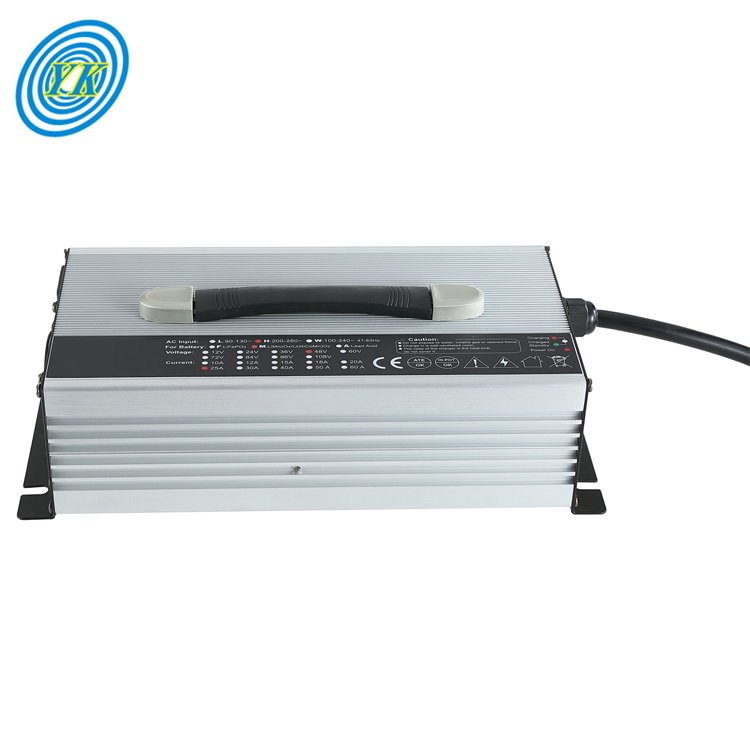
Incorporating battery chargers into home energy storage systems and renewable energy configurations, such as solar panels and off-grid systems, underscores their pivotal role in sustainable energy solutions. This integration enhances energy independence, security, and efficiency by leveraging stored energy during low-demand periods to support peak energy demands. This strategic approach not only mitigates the strain on the electrical grid but also facilitates more economical operation of charging stations.
For residential areas, where Level 1 chargers are prevalent, integrating small-scale battery systems provides a steady and uninterrupted power supply. These systems store energy during off-peak hours, allowing homeowners to charge their electric vehicles (EVs) without overloading the grid during peak times. This integration ensures a stable power supply and fosters a more balanced and efficient energy consumption pattern in residential settings.
In commercial and public spaces equipped with Level 2 and Level 3 chargers, larger Battery Energy Storage Systems (BESS) are essential. These high-capacity BESS units are crucial for maintaining operational consistency, especially during peak usage times when the demand for charging can significantly increase. The ability of BESS to store and release large amounts of energy quickly makes them ideal for high-voltage, fast-charging stations, ensuring that charging stations can operate at full capacity without interruptions or reductions in charging speed.
The integration of EV chargers with BESS also contributes to enhancing smart grid capabilities. Smart grids, equipped with advanced metering, communications, and data management systems, can efficiently integrate renewable resources, manage power flows, and support the increasing load of EV chargers. By leveraging IoT technology, these systems can predict and respond to energy usage patterns, optimize charging schedules, and even participate in electricity markets.
Renesys Energy, with its cutting-edge battery technology and commitment to sustainable energy solutions, plays a vital role in this evolving landscape. By developing advanced battery systems that are scalable, efficient, and capable of integrating with various renewable sources, Renesys Energy is not just a participant but a driving force in the transition towards a more sustainable energy future. The integration of EV charging infrastructure with Battery Energy Storage Systems is more than just a technological advancement; it's a shift in how we view and manage energy. This integration promises a future where energy is not only consumed more efficiently but also generated and stored sustainably. As we move forward, the role of companies like Renesys Energy becomes increasingly crucial in shaping a world where transportation is not only electric but also in harmony with our environmental aspirations. This journey is not just about innovation; it's about envisioning and creating a sustainable future for the generations to come.
